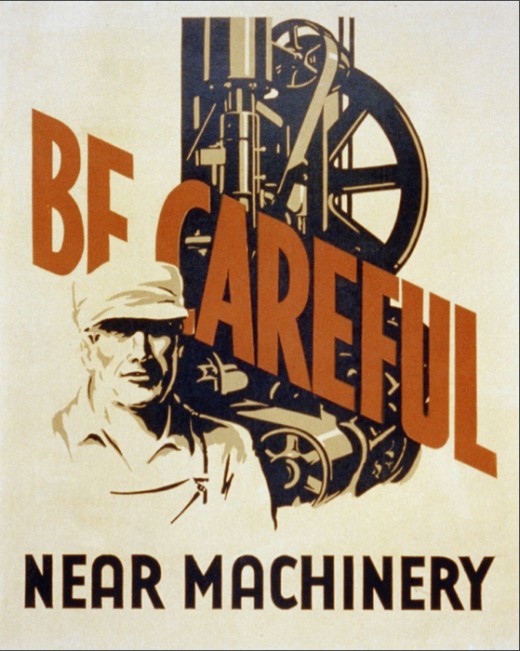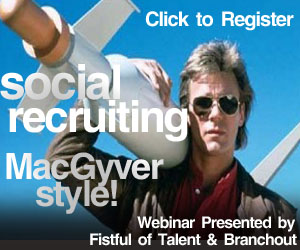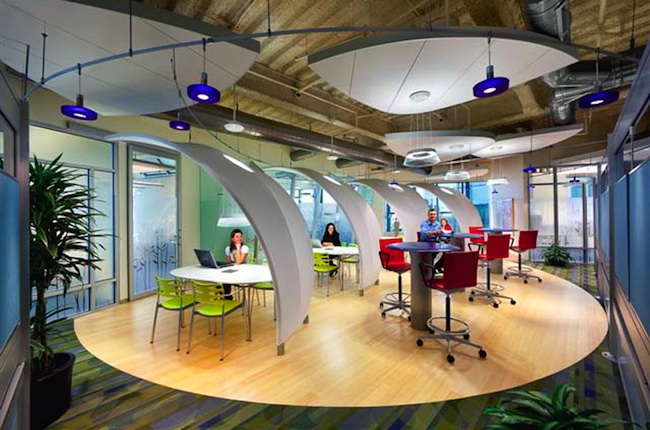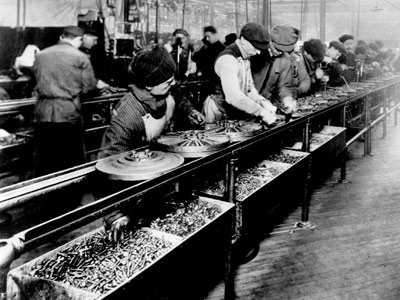The Best Worst Recruiting Video (so far)
This funny recruiting video from Twitter was posted on YouTube on Friday, and made the rounds pretty quickly across the web over the weekend, so chances are you may have seen it already. The embed is below in case you missed it, or wanted to have a second look, (email and RSS subscribers will need to click through).
The YouTube post on Twitter's official channel was accompanied by this tweet-like update:
#hackweek project: make the best/worst recruiting video of all time. Done.
To find out more about jobs at Twitter visit: http://www.twitter.com/jobs or @jointheflock
So while the video itself looks to have been made in response to a hack week challenge to intentionally create the worst recruiting video possible, it is so bad, cheesy, and done with such low production values that I think it ends up actually being a pretty effective effort nonetheless.
A couple of things stand out in the video, chief among them the fact that just by devoting one of their hackweek challenges to making a recruiting video, Twitter is sending a subtle message that is actually taking recruiting seriously and its talent needs are top of mind. Typically these kinds of challenges focus on products, features, or other kinds of explorations that possibly could become products or features one day. So focusing on boring old recruiting is to me, kind of telling. Additionally, unlike more technical challenges, really anyone in the company can make a recruiting video, expanding the potential participant pool outside of just the product people and engineers.
And then there is the content of the video itself, in its attempt (mostly successful), to be 'bad', it reveals that Twitter and its employees are open to poke a little fun at themselves - even the CEO gets in on the game with a solid, deadpan performance in the piece. It clearly is real Twitter employees in the piece, not corporate talking heads, they are in their natural working environments, and while going over the top to be cheesy, if you listen to the copy you actually get a pretty simple, straightforward employer branding kind of message. Small teams, important projects, great work environment and so on. And a CEO not above helping send that message. A call to action with the web address of the career page and the recruiting Twitter account, (natch), also make the cut.
Sure, the purpose of the video was to make it bad, but in a way it kind of shows anyone interested in creating these kinds of messages that it can be really easy to overthink them, to wordsmith every line of copy, and to obsess over getting the sets, lighting, pace etc. all 'just right'. If the folks at Twitter can make a bad video still seem pretty good, then I think that suggests any of us could do the same.
What do you think? Is it really just a bad and a spoof and I am reading too much into it?

 Steve
Steve




